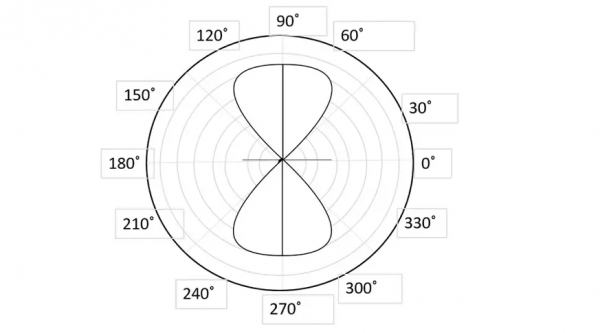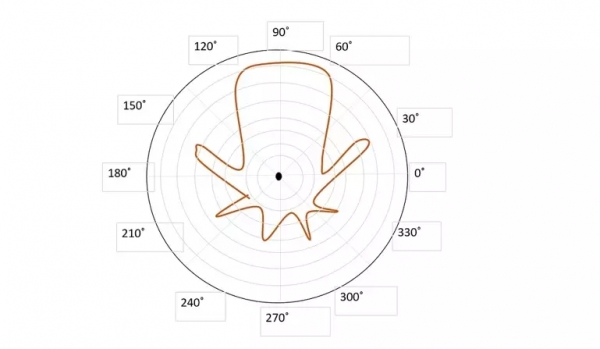
 Data Structure
Data Structure Networking
Networking RDBMS
RDBMS Operating System
Operating System Java
Java MS Excel
MS Excel iOS
iOS HTML
HTML CSS
CSS Android
Android Python
Python C Programming
C Programming C++
C++ C#
C# MongoDB
MongoDB MySQL
MySQL Javascript
Javascript PHP
PHP
- Selected Reading
- UPSC IAS Exams Notes
- Developer's Best Practices
- Questions and Answers
- Effective Resume Writing
- HR Interview Questions
- Computer Glossary
- Who is Who
What are the modes of operation in a helical antenna?
A helical antenna is another type of wire antenna, which is widely used for a higher range of broadband VHF and UHF applications. The frequency range of operation of the helical antenna is around 30MHz to 3GHz.
Helical antenna or helix antenna is the antenna in which the conducting wire is wound in a helical shape and connected to the ground plate with a feeder line. It is the simplest antenna which provides circularly polarized waves and used in extra-terrestrial communications in which satellite relays etc., are involved.

It consists of a helix of thick copper wire or tubing wound in the shape of a screw thread used as an antenna in conjunction with a flat metal plate called a ground plate. One end of the helix is connected to the center conductor of the cable and the outer conductor is connected to the ground plate.
The radiation of helical antenna depends on the diameter of a helix, the turn spacing, and the pitch angle. Pitch angle is the angle between a line tangent to the helix wire and a plane normal to the helix axis.
A helical antenna, though may be run in many modes, the predominant modes are two.
Normal mode
In the normal mode of radiation, the radiation field is normal to the helix axis and the radiated waves are circularly polarized waves. This mode of radiation is obtained if the dimensions of a helix are small compared to the wavelength. The radiation pattern of this helical antenna is a combination of short dipole and loop antenna.

The above shown is the radiation pattern for the normal mode of radiation in a helical antenna.
It depends upon the values of the diameter of helix D and it turns spacing S. Main problem with this mode of operation is that the radiation efficiency is low and the bandwidth is narrow. Hence it is practically limited and hardly used.
Axial mode
In the axial mode of radiation, the radiation is in the end-fire direction along the helical axis and the waves are circular or nearly circular polarized waves. This mode of operation is obtained by raising the circumference to the order of one wavelength (C/λ) and a spacing of approximately λ/4. The radiation pattern is broad and directional along the axial beam producing minor lobes at oblique angles.

The above shown is the radiation pattern for an axial mode of radiation in the helical antenna.
This antenna, when used for reception, if it is designed for right-handed circularly polarized waves, it will not receive left-handed circularly polarized waves and vice versa. This mode of operation is generated with great ease and is more practically used.

